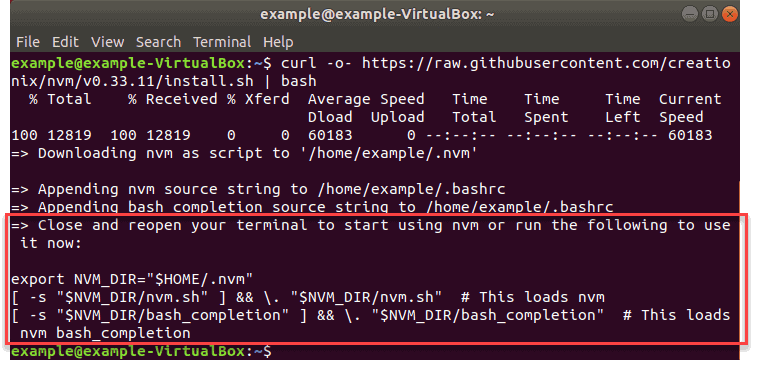

The package is automatically listed in the package.json file, under the dependencies list (as of npm 5: before you had to manually specify -save). npm install express global The global option in the above.
#NPM INSTALL MODULES LIST HOW TO#
The example below shows how to install the express module with the global option. Example: Let the local-dir is the local directory and project-dir is the project directory and localmodule is the local module package you want to install, first go to the local-dir and type npm link and next go to the project directory and type npm linkModules are Nuxt extensions which can extend the framework's core functionality and add endless integrations. This makes it possible to reuse across projects and to share with the community, helping create an ecosystem of high-quality add-ons. Modules can also override templates, configure webpack loaders, add CSS libraries, and perform many other useful tasks.īest of all, Nuxt modules can be incorporated into npm packages. Thanks to Nuxt's modular design (based on webpack's Tapable ), modules can easily register hooks for certain entry points like the builder initialization. In this way, modules can customize almost any aspect of your project. The framework waits for each module to finish before continuing.

Modules are functions that are called sequentially when booting Nuxt. This is one of the reasons why Nuxt provides a higher-order module system that makes it possible to extend the core. On the other hand, supporting every project's needs out of the box would make Nuxt very complex and hard to use. npm list -g is not showing globally installed modules: adam.mossscarecrow: npm list -g /Users/adam.moss/.nvm/versions/node/v7.2.1/lib (empty) However there are modules installed (inc. Nuxt can be extended with configuration options and plugins, but maintaining these customizations across multiple projects is tedious, repetitive and time-consuming.
#NPM INSTALL MODULES LIST UPDATE#
Offline_boltGetting Started The V8 JavaScript Engine Run Node.js scripts from the command line How to exit from a Node.js program How to read environment variables from Node.js How to use the Node.js REPL Node.js, accept arguments from the command line Output to the command line using Node.js Accept input from the command line in Node.js Expose functionality from a Node.js file using exports An introduction to the npm package manager Where does npm install the packages? How to use or execute a package installed using npm The package.json guide The package-lock.json file Find the installed version of an npm package Install an older version of an npm package Update all the Node.js dependencies to their latest version Semantic Versioning using npm Uninstalling npm packages npm global or local packages npm dependencies and devDependencies The npx Node.js Package Runner The Node.js Event Loop Understanding process.nextTick() Understanding setImmediate() Discover JavaScript Timers JavaScript Asynchronous Programming and Callbacks Understanding JavaScript Promises Modern Asynchronous JavaScript with Async and Await The Node.js Event emitter Build an HTTP Server Making HTTP requests with Node.js Get HTTP request body data using Node.js Working with file descriptors in Node.js Node.js file stats Node.js File Paths Reading files with Node.js Writing files with Node.js Working with folders in Node.js The Node.js fs module The Node.js path module The Node.js os module The Node.js events module The Node.js http module Node.js Buffers Node.js Streams Node.js, the difference between development and production Error handling in Node.js How to log an object in Node.js Node.js with TypeScript Node.While developing production-grade applications with Nuxt you might find that the framework's core functionality is not enough. Offline_boltQuick Start Introduction to Node.js A brief history of Node.js How to install Node.js How much JavaScript do you need to know to use Node.js? Differences between Node.js and the Browser


 0 kommentar(er)
0 kommentar(er)
